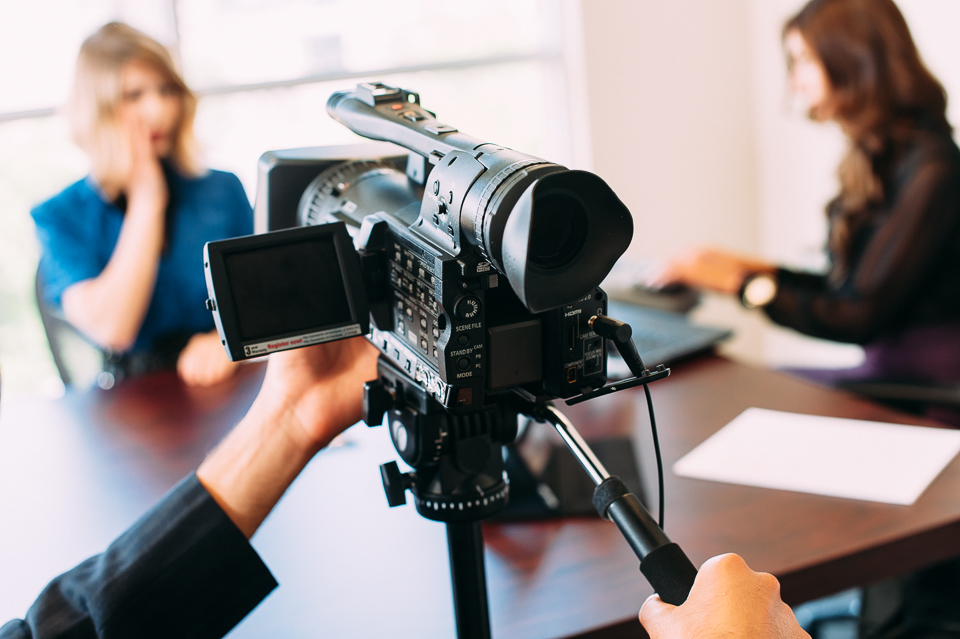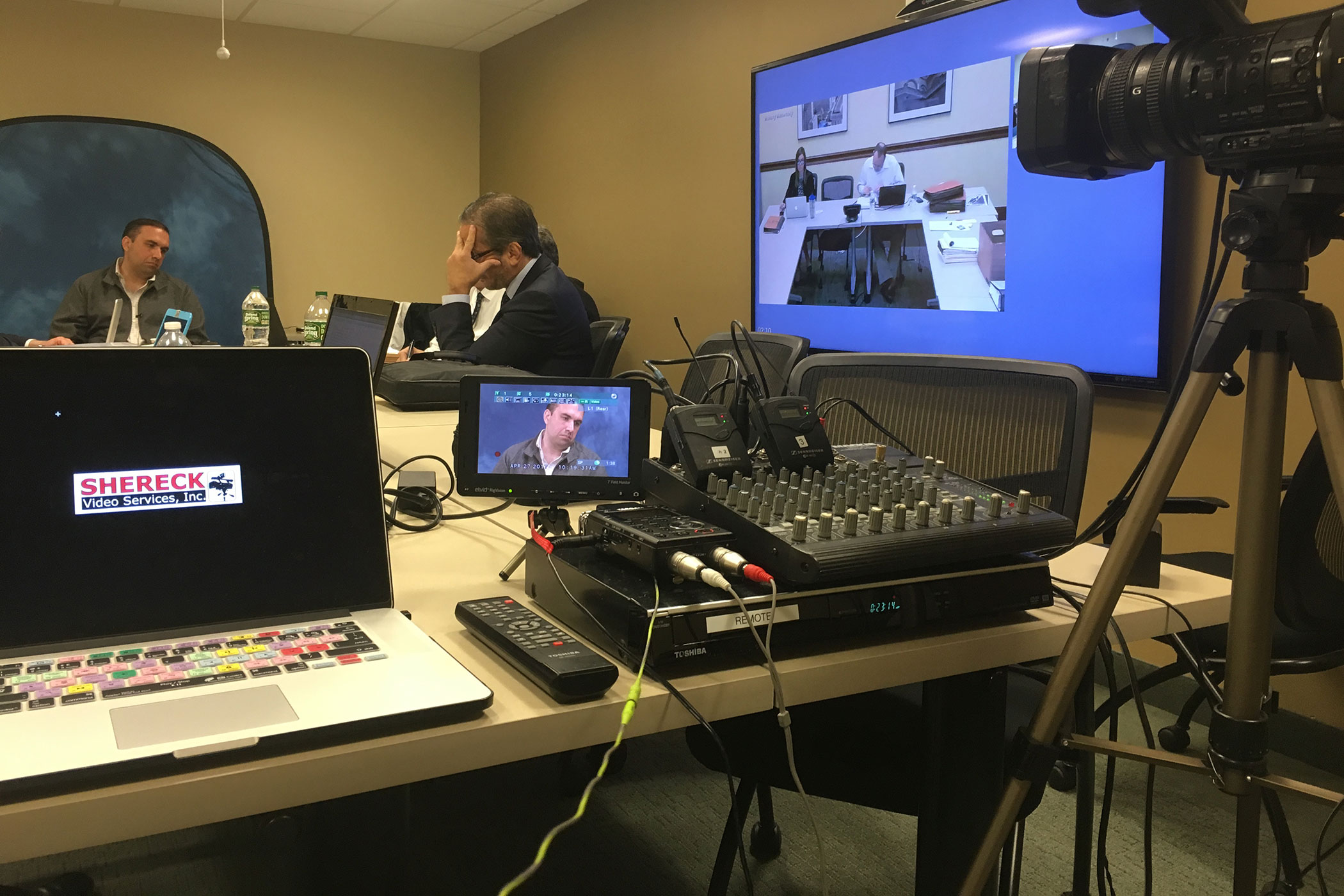How Legal Videography Enhances Court Room Presentations and Proof
How Legal Videography Enhances Court Room Presentations and Proof
Blog Article
Diving Into the Mechanisms of Legal Videography: Unveiling Its Operation in Safeguarding Genuine Aesthetic Testament for Judicial Process
In the world of judicial procedures, the duty of lawful videography stands as a cornerstone in maintaining and presenting aesthetic evidence. As modern technology continues to advance, the systems behind lawful videography have come to be increasingly detailed, providing a crucial layer of authenticity to testaments captured on video.
Historic Evolution of Lawful Videography
Examining the historic development of legal videography exposes a substantial change in the recording and presentation of aesthetic evidence within the legal landscape. In the past, legal proceedings greatly depended on composed photos and records to record events and give evidence. Nevertheless, with the arrival of video clip modern technology, the lawful sector saw a paradigm change in just how aesthetic testament was captured and presented.
The advancement of lawful videography can be mapped back to the late 20th century when advancements in video recording equipment made it much more obtainable for usage in court rooms. This technical innovation not just boosted the precision and reliability of visual evidence but also transformed the method situations existed to juries and judges (Legal Videography). Attorneys began to acknowledge the influential power of video recordings in sharing feelings, nuances, and non-verbal signs that created records or pictures alone might not capture efficiently

Modern Technology Improvements in Video Clip Documents
What vital technical innovations have revolutionized video clip documents in the lawful area? The legal field has seen substantial innovations in video clip paperwork technology that have boosted the credibility and dependability of visual proof in judicial process. One of the key advancements is high-def (HD) video recording capabilities, which provide crystal-clear photos and sharp information that are important for accurately capturing testaments, face expressions, and various other aesthetic signs. Furthermore, the assimilation of timestamping and metadata attributes in video clip documents tools has enabled exact documents of when and where the video clip was tape-recorded, ensuring the honesty of the evidence offered in court.
Additionally, advancements in video security and watermarking technologies have actually bolstered the protection and tamper-proof nature of video evidence, guarding it against unauthorized changes or tampering. Moreover, the arrival of cloud storage remedies and remote access capacities has structured the storage, access, and sharing of video clip evidence, assisting in smooth collaboration among attorneys and making sure efficient access to critical visual statements when required. These technical advancements in video documentation have actually certainly transformed the legal field, enhancing the precision, credibility, and admissibility of aesthetic proof in judicial procedures.
Function of Legal Videographers in Courtroom Setups
The development of video documents modern technology in the lawful field has necessitated a crucial duty for legal videographers in courtroom setups, making sure the integrity and integrity of aesthetic testimonies offered during judicial proceedings. Lawful videographers play a fundamental duty in catching and preserving precise visual proof that can be pivotal in litigation. Their obligation reaches establishing equipment, videotaping procedures, and generating top notch videos that properly show the occasions in the court.
Additionally, legal videographers usually work closely with legal teams to guarantee that the video clip proof straightens with the instance's needs and can be effectively provided in court to sustain the lawful debates being made. Overall, the role of legal videographers in court setups is vital in promoting the concepts of justice and ensuring the openness of lawful process. Legal Videography.

Ensuring Admissibility and Stability of Video Clip Evidence
To maintain the integrity of visual evidence provided in lawful process, making certain the admissibility and stability of video Get More Information clip proof is a vital obligation for legal videographers. Admissibility describes the approval of proof by the court, and for video clip evidence to be admissible, it needs to satisfy particular standards. Lawful videographers play an essential function in making certain that the video clips they record abide by the guidelines of evidence, such as importance, integrity, and credibility.
Integrity of video proof entails keeping the creativity and precision of the video footage from the time it is tape-recorded until it is presented in court. This includes firmly saving the video clip data, documenting the chain of custodianship, and stopping any type of tampering or alterations. Lawful videographers have to follow stringent protocols to guarantee the honesty of the video clip evidence and prevent any kind of difficulties to its authenticity.
Future Trends in Legal Videography
Given the raising dependence on innovation in legal process, legal videographers are poised to welcome ingenious developments forming the future of aesthetic statement capture and presentation. One of the noticeable trends imminent is the integration of virtual truth (VR) and augmented truth (AR) innovations right into lawful videography. These technologies have the potential to transform how aesthetic evidence exists in courtrooms, permitting judges and courts to immerse themselves in the scene of the criminal activity or event.
Furthermore, making use of artificial knowledge (AI) algorithms for video clip analysis is anticipated to streamline the procedure of evaluating and assessing big quantities of video footage. AI can help in identifying crucial minutes, anomalies, and patterns within video clips, boosting the effectiveness of lawful investigations.

Final Thought
Finally, lawful videography has played a critical function in giving genuine visual proof for judicial proceedings. Via technological improvements and the competence of legal videographers, the stability and admissibility of video clip evidence are made certain in courtroom setups. As lawful videography continues to develop, it will be important to maintain criteria that maintain the accuracy and integrity of visual testimony for the future of lawful process.
Analyzing the historic development of legal videography reveals a considerable makeover in the capturing and presentation of aesthetic proof within the lawful landscape.The evolution of video paperwork modern technology in the legal field has required a critical role for legal videographers in court setups, making certain the honesty and reliability of visual statements provided throughout judicial process. In addition, legal videographers typically function carefully with lawful groups to ensure that the video evidence lines up with the situation's demands and can be properly presented in court to support the lawful debates being made.To maintain the trustworthiness of aesthetic proof provided in lawful process, guaranteeing the admissibility and honesty of video clip proof is an important duty for lawful videographers. As lawful videography proceeds to evolve, it will be necessary to copyright requirements that preserve the accuracy and next page dependability of visual testimony for the future of lawful procedures.
Report this page